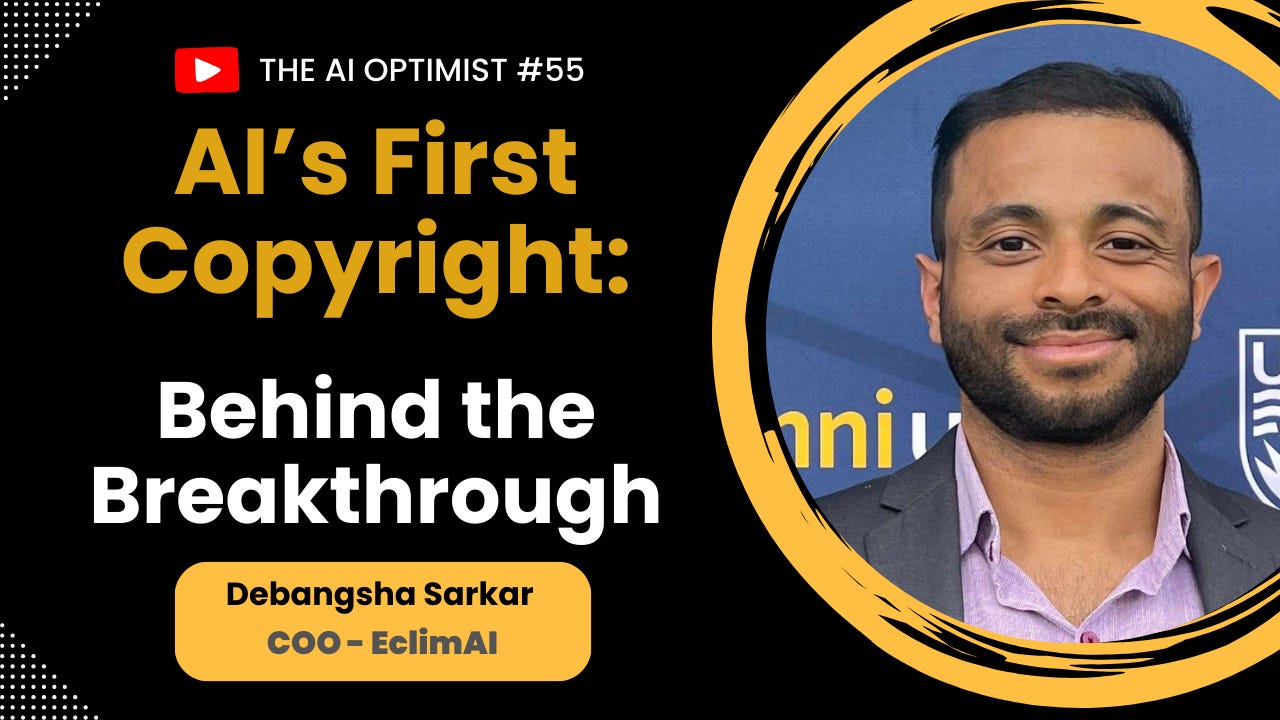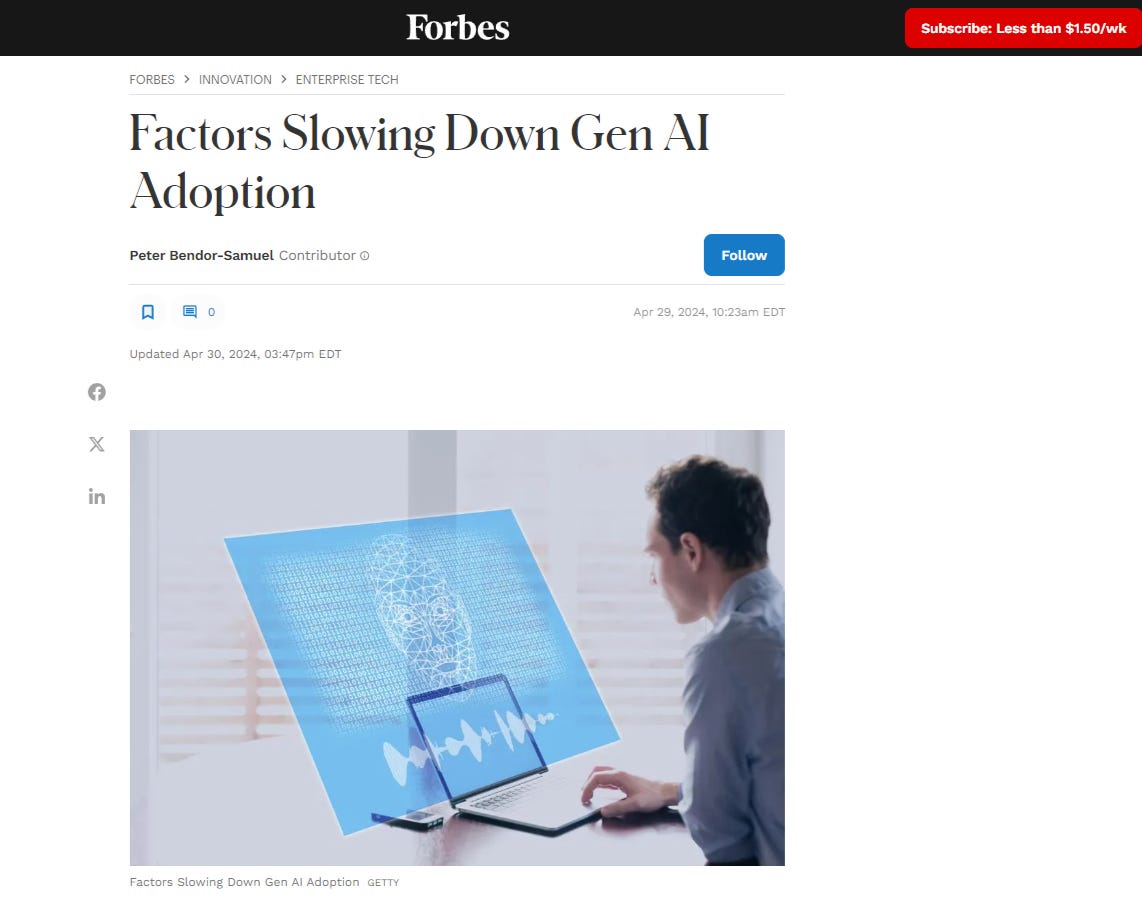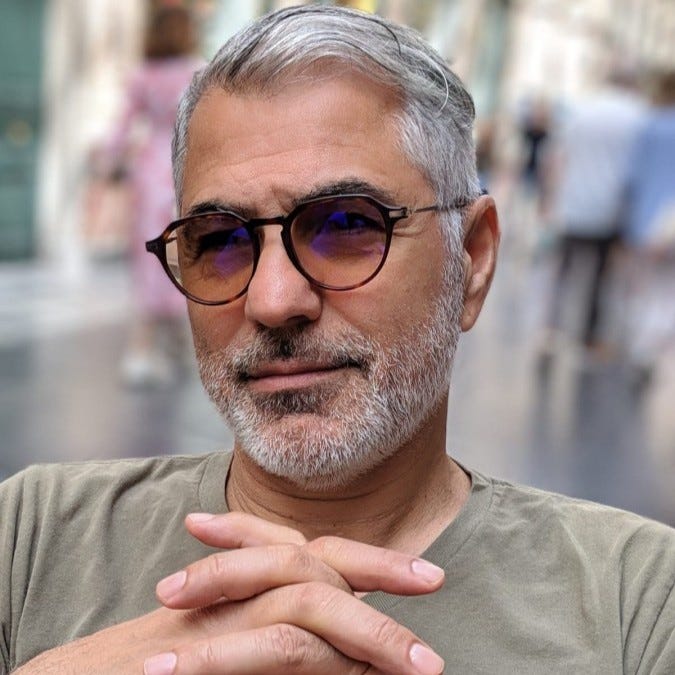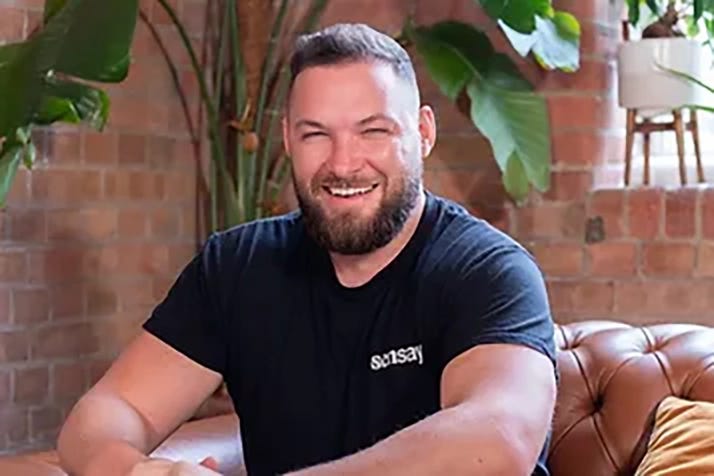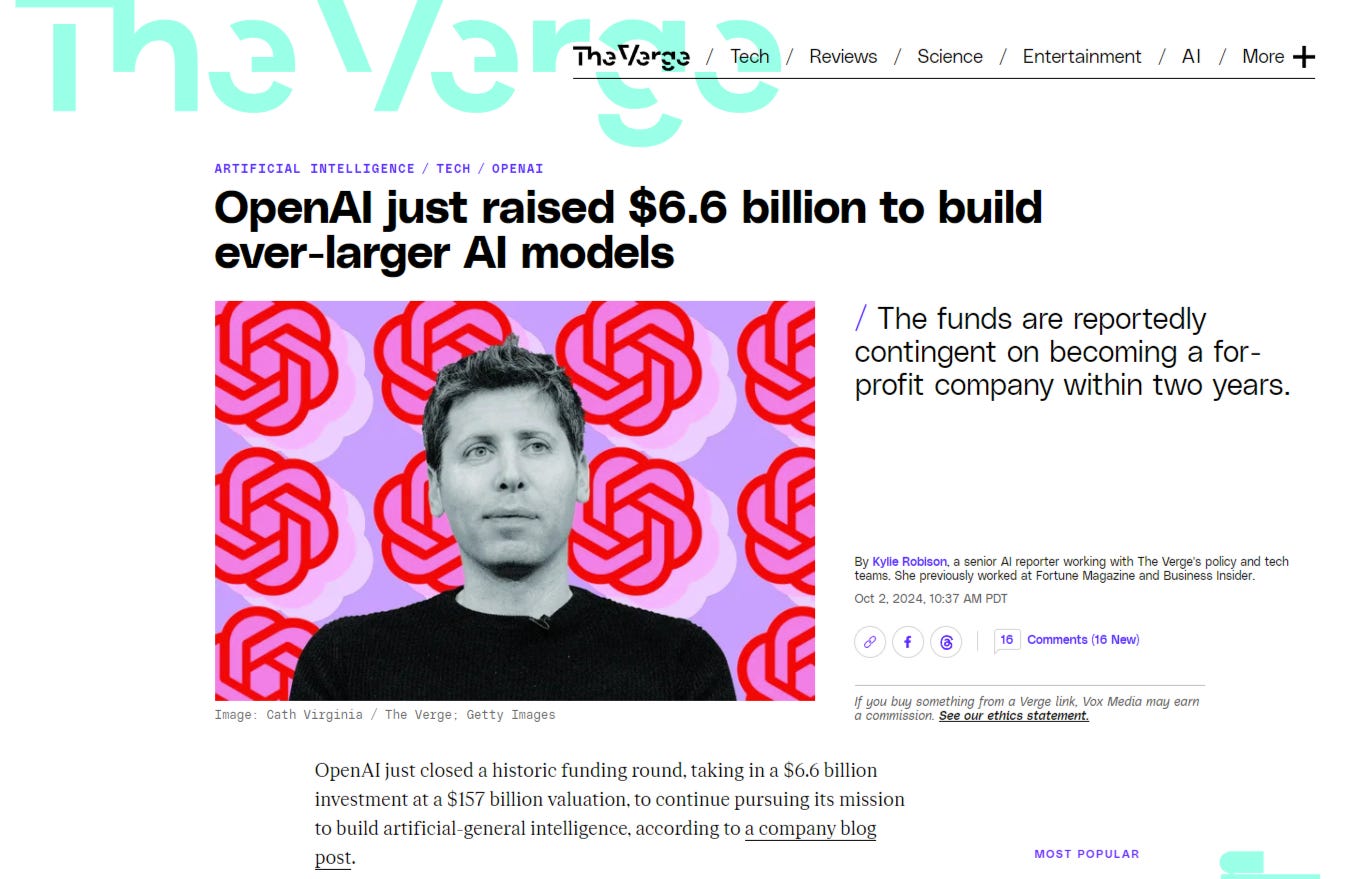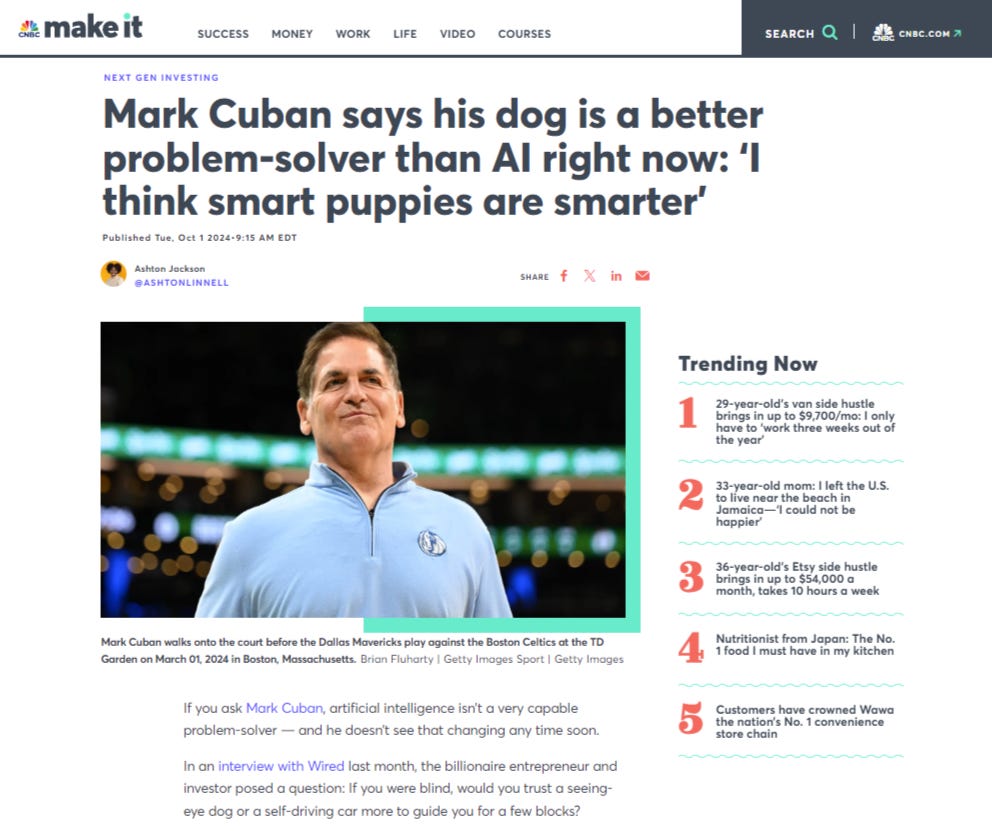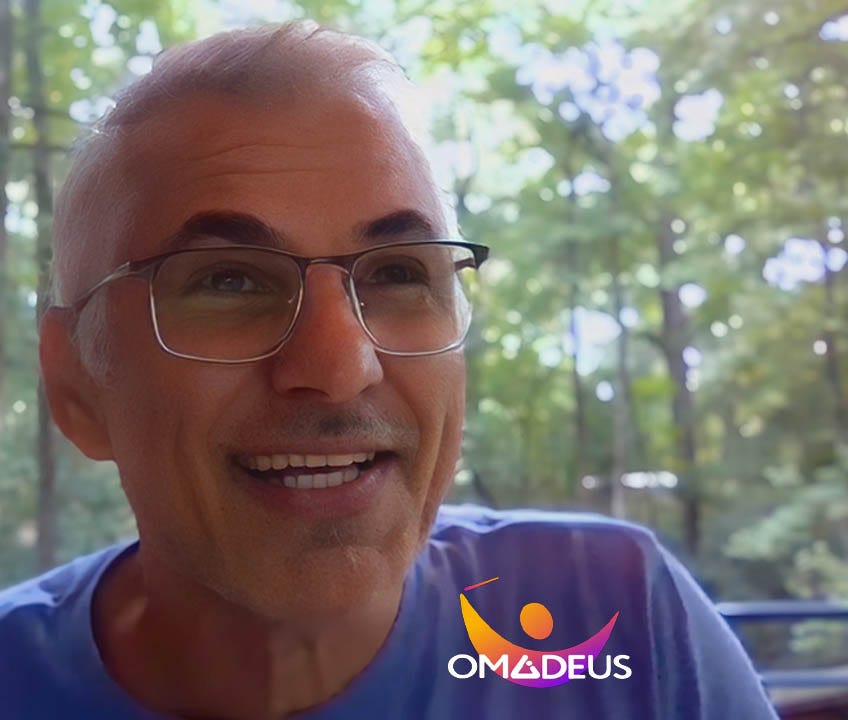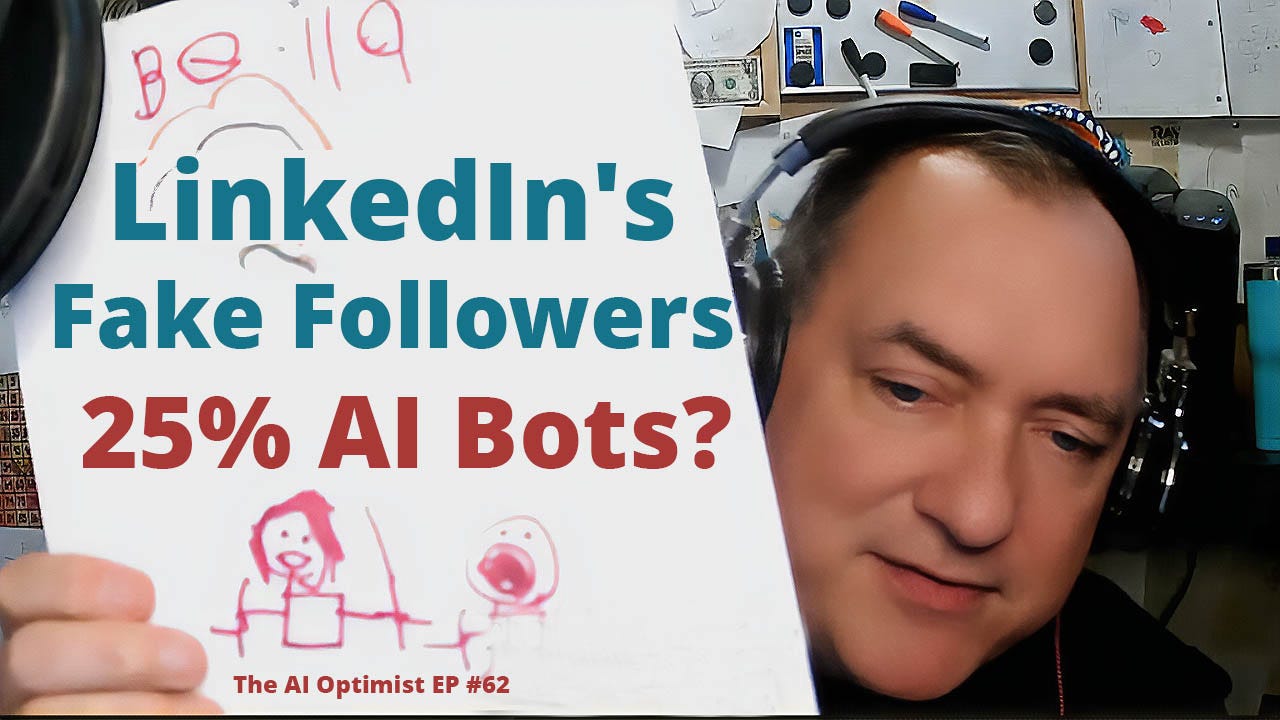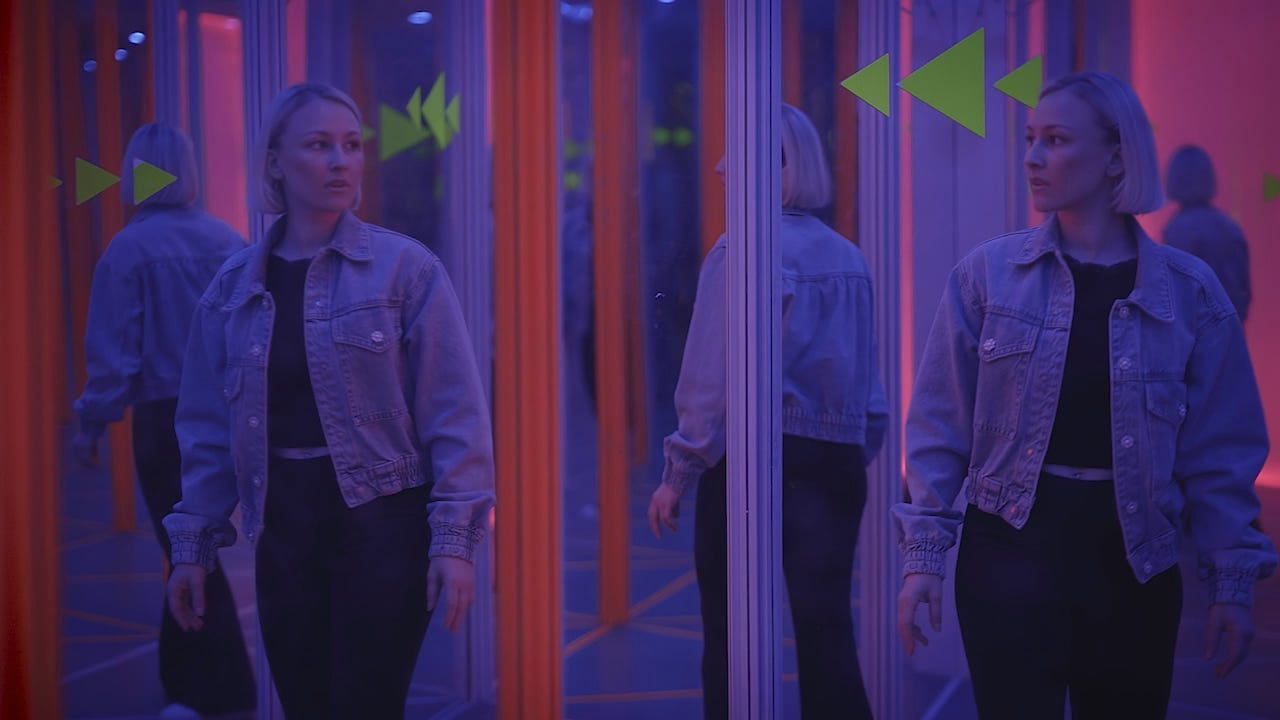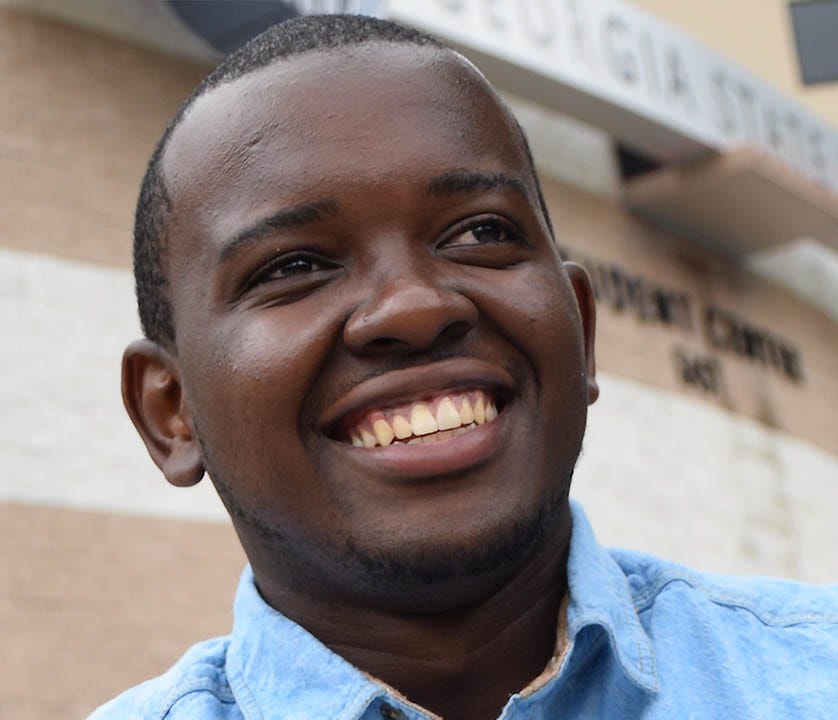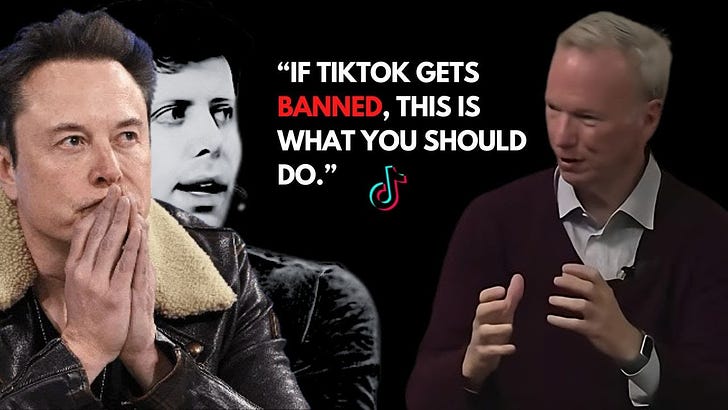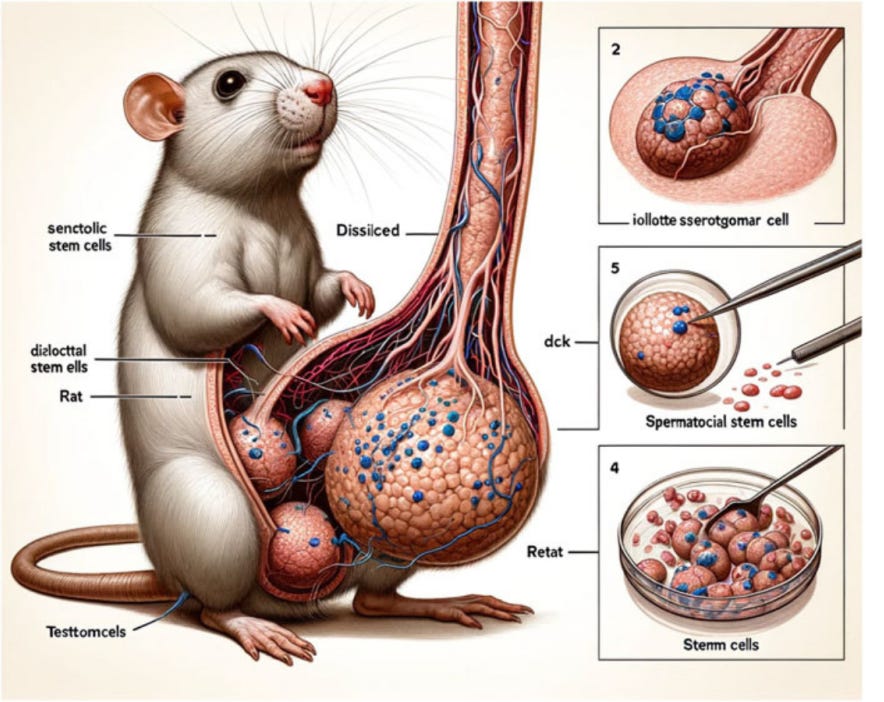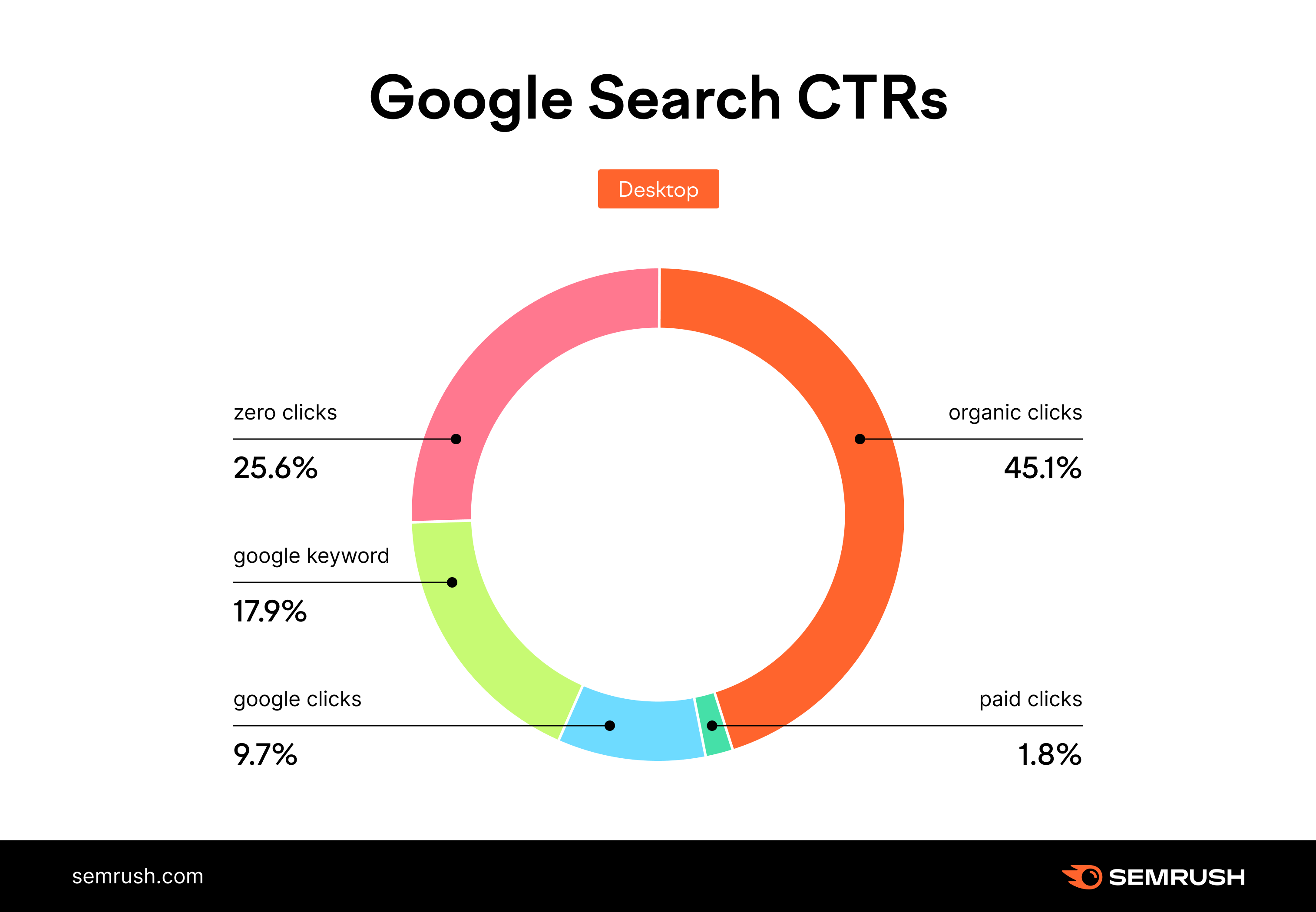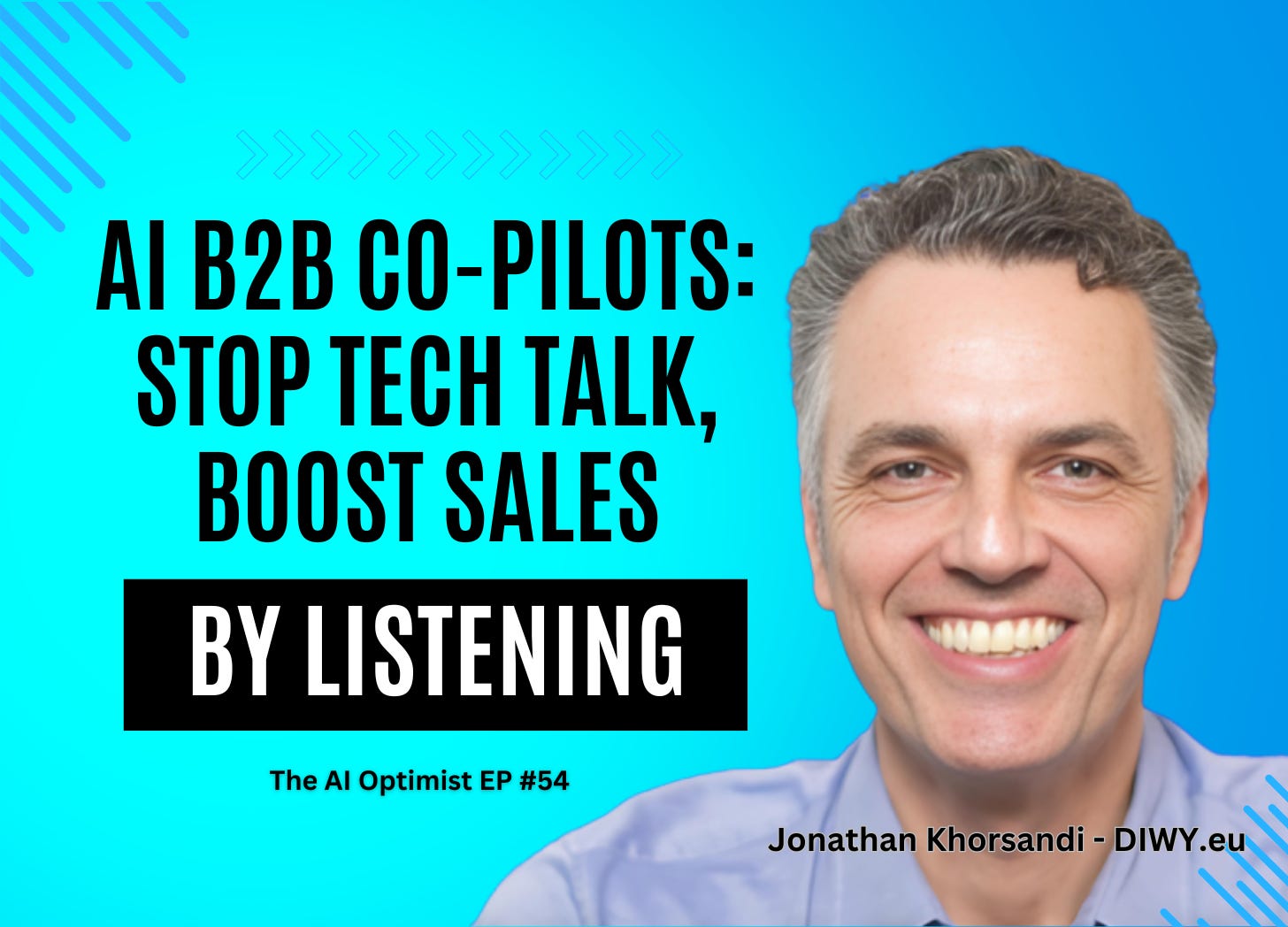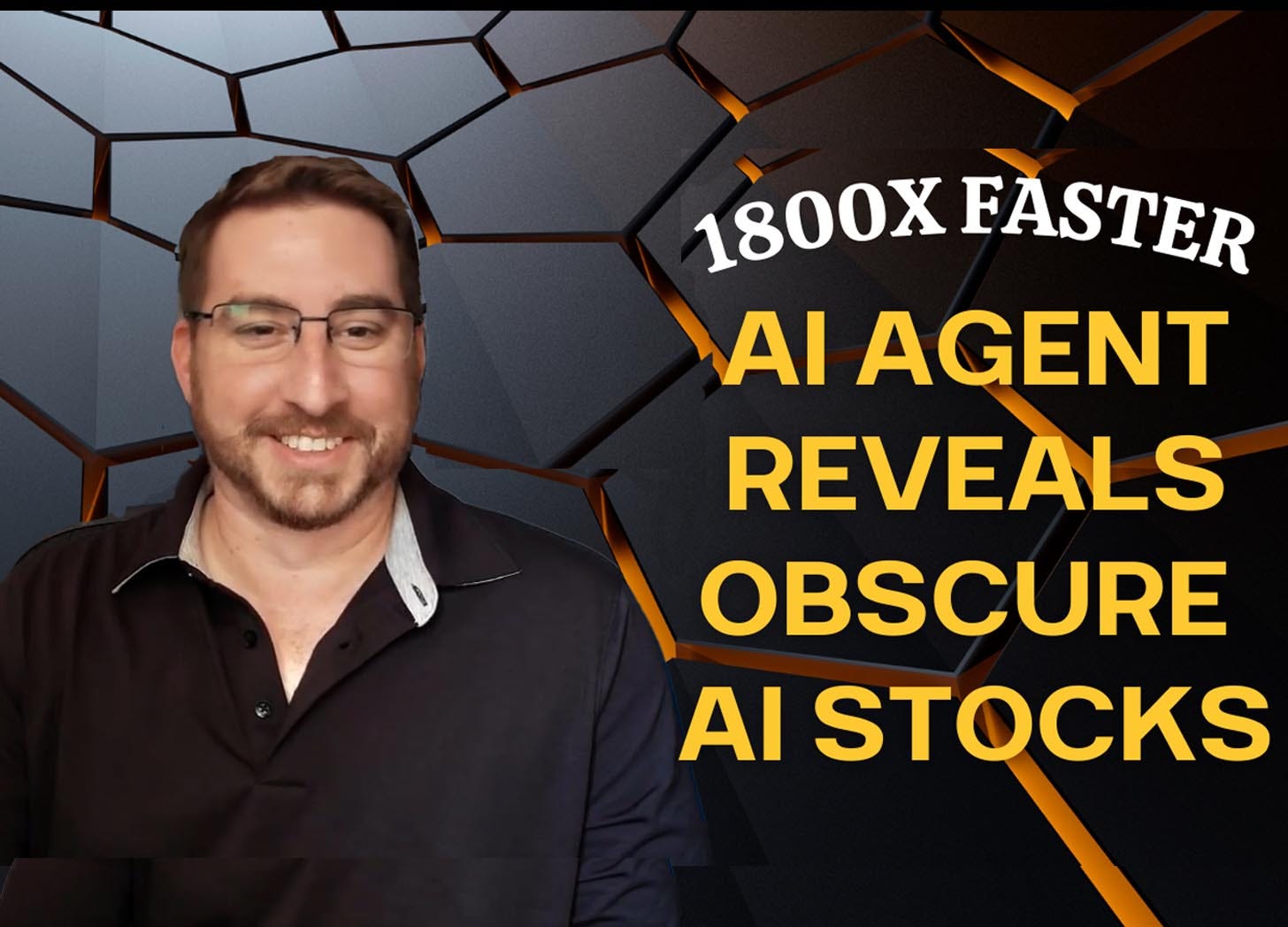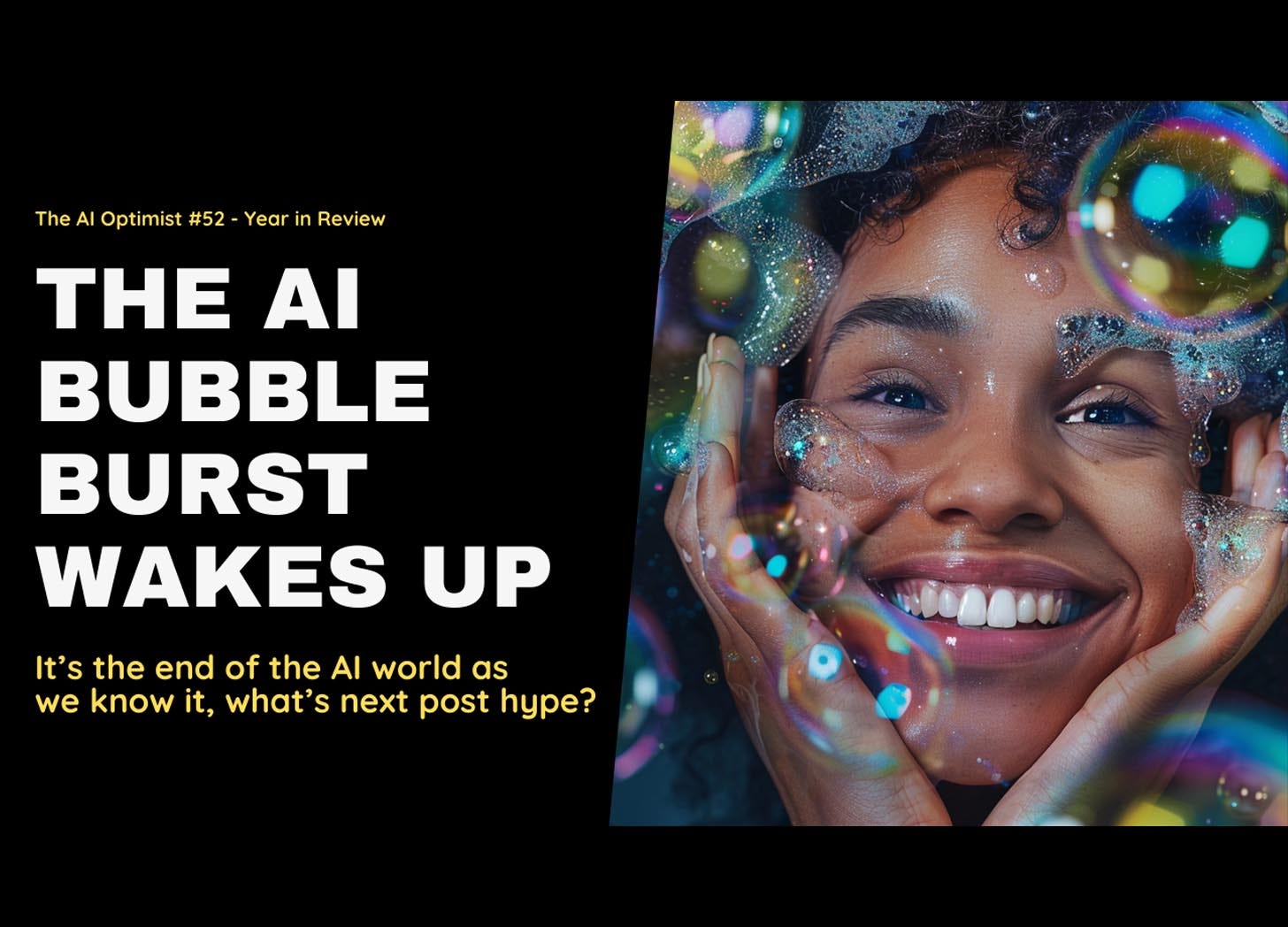AI's First Copyright: Behind the Breakthrough
Description
The first AI copyright in the world goes to a Chinese AI artist, and nobody talks about it or likely even knows about it.
Recognizing the importance and direction of human beings with Generative AI seems evident to those who use it. Why do courts throughout the world reject copyrights for AI-generated art?
In this episode, we explore the complex world of AI-generated art, copyright issues, and the evolving role of human creativity in the age of artificial intelligence.
Our Guest: Debanghsa Sarkar -COO of EclimAI
“At EclimAI, we leverage computer vision and machine learning to build cutting-edge clean tech for smart building systems. 1. Product management: Leading a team of developers to build the most intelligent clean/tech for smart buildings.2. Research: Working with leading computer vision researchers for incorporating state-of-the-art computer vision algorithms into our software.3. Operations: Acting as the bridge between the stakeholders in the company, board members, design partners and developers to ensure a successful product launch.”
Prompt Engineer Simulation Discussion between a Data Scientist and a Creative Podcaster
Debangsha Sarkar, COO of EclimAI and a data scientist with a deep technical background, sat across from Declan, a creator of words and art, and the conversation drifts to AI-generated work.
"Imagine," Declan begins, "what if you could recreate the same image with just ten prompts?"
Debangsha chuckled. "As a programmer, I have this itch for perfection. You'll never be satisfied with ten prompts because they will always seem too easy. You'll think, 'What if I try the 11th one and make it a bit better?' Then you'll end up with 600 prompts regardless, in the pursuit of excellence."
Declan nods, understanding the relentless pursuit of perfection. "Even if I had the same image in mind, I could never recreate exactly what you came up with using Midjourney."
This iterative nature of creating with AI tools highlights the unique human touch involved in AI Art. It isn't just about the final product but the journey of creation and the specific choices made along the way.
The Emergence of Prompt Engineering as a Skill
The discussion shifts to the growing field of prompt engineering.
"Some people are good at prompt engineering," Debangsha noted, "and it’s a human skill. It’s learnable."
Declan leans in, intrigued. "So, you're saying that crafting effective prompts is becoming valuable?"
"Exactly," Debangsha replied. "The law should recognize that fact. There is a human skill involved, right?"
Declan remembers an artist at a recent art festival in Colorado. "An artist there used 600 prompts to create AI-generated art, open about its AI origins.
The number of prompts signifies creativity and originality. But the legal system is still figuring out how to handle this."
"It's the same with that graphic novel, Zarya at Dawn. The text was copyrighted, but not the AI-created images. The US Office acknowledged the human effort in writing and assembling the book but not creating the images."
Copyright Challenges in the AI Era
Declan adds, "We should be able to detect the creative process in generative AIs. For example, we have semantic and language analyses that can help us understand the expertise in the prompts."
"Tracking the creative process behind AI-generated art could provide a basis for copyright claims," he mused.
Debangsha nods. "Even though AI stores and generates images from latent space, the legal argument is whether AI-generated images are truly original."
The Ethics of Data Scraping and AI Training
The conversation turns to the ethical implications of how AI models learn. "One of the systemic problems is the openness to AI," Declan notes. "Companies scrape data without permission. But how far do we go?"
He draws parallels to other controversial data collection practices, like those by facial recognition companies.
"Shouldn't I be able to learn from it? Couldn't I even pay a fee or be in an educational institution with access to this data instead of closed networks?"
Debangsha points out, "The quality of data used to train AI models is also questionable. Much comes from sources like Reddit, which may not always be reliable."
They agree that we need a more open-source approach that protects creators' rights without stifling creativity.
China's Pioneering Approach to AI-Generated Art Copyright
Their conversation lands on China’s pioneering approach to AI-generated art copyright. Declan shares, "China granted copyright protection to an AI-generated image. The artist used Stable Diffusion and created the artwork through a series of prompts."
Debangsha highlighted, "The court considers the choice of AI provider, detailed prompt engineering, iterative process, and technical adjustments. It recognizes the human creativity involved."
"This case sets a precedent that acknowledges the expertise and decision-making in AI art creation."
Declan adds, "Unlike the West, where there's little to no protection, China’s model offers valuable insights on fostering a thriving AI art ecosystem while protecting creators' rights."
AI's First Copyright: Behind the Breakthrough
Summary and Key Issues for Freeing Artists to Work with AI as a Tool
Section 1: The Perfectionist's Dilemma in AI Art Creation
The conversation begins with an intriguing question: What if someone could recreate the same image with just ten prompts?
Debangsha Sarkar, COO of EclimAI and a data scientist with a Master of Data Science and Master of Science - MS Computer Science from the University of British Columbia sees the value of prompt engineering as a learned skill, one that he is not that good at.
Drawing from his experience as a programmer, he knows the inherent drive for perfection that many creators feel:
"As a programmer, I have this itch for perfection. You will never be satisfied with ten prompts because it will always seem too easy to you.
And it will say, what if I try the 11th one and I can make it a little bit better, and you will either make it or break it and then you like, let's try the 12th one.
Maybe this will be a little bit better. Maybe the color doesn't look good here. So I think you are going to end up with 600 prompts anyway."
This insight underscores the iterative nature of creative work, even when using AI tools. Debangsha argues that refining and perfecting an AI-generated image is a skill in itself, one that requires human input and decision-making.
"Even if I had the same image in mind that this is the image I want to make with Midjourney, I can never recreate that image that Jason came up with."
This statement recognizes the unique human touch that goes into creating AI-generated art. It's not just about the final product but also about the creation journey and the specific choices made along the way.
Section 2: The Emergence of Prompt Engineering as a Skill
The discussion shifts to the growing field of prompt engineering, a new skill set that has emerged with the rise of AI art generation tools:
"Some people are good at prompt engineering, and it's a human skill. It's a learnable skill. It's not a skill people are born with. You have to learn it. And some people are good at it."
This highlights the human element in AI art creation. Developing effective prompts that yield desired results is becoming a valuable skill.
Human input should be recognized and valued in discussions about copyright and creativity:
"I think the law should accept that fact. Take at least take that into consideration that, hey, there is a human skill involved, right?"
* Case Study: Colorado Festival:
* An artist used 600 prompts to create AI-generated art.
* "He was very open about stating that it came from AI".
* Discusses whether the number of prompts signifies creativity.
* Questions about originality and human expression in AI art.
* Legal precedents and the necessity of human input for copyright.
* Other Legal Cases:
* A graphic novel created using AI imagery and human-written content.
* The text was copyrighted, but the images were not.
Human Skill in AI Art:
* Prompt Engineering as a Skill:
* It’s a learnable skill, not innate.
* Some people excel in it, highlighting the need for legal recognition of the skill.
* "Some people are really good at prompt engineering, and it's a human skill."
Section 3: Copyright Challenges in the AI Era
There are complex copyright issues surrounding AI-generated art, including two distinct but often confused copyright debates:
1. Can artists who use AI tools copyright their creations?
2. Are AI companies infringing on existing copyrights by using images to train their models?
While Jason Allen's work does not get a copyright by the US Copyright Office, the graphic novel Zarya at Dawn gets a copyright for the words and formatting of the book.
However, Midjourney's images were not copyrighted. The US Office reco

